Best Companion Plants For Cotoneaster: Create A Beautiful And Diverse Shrub Border
Best Companion Plants for Cotoneaster: Create a Beautiful and Diverse Shrub Border
Cotoneaster is a versatile shrub that can be used in a variety of settings, from rock gardens to hedges. It's also a great choice for creating a beautiful and diverse shrub border.
When choosing companion plants for cotoneaster, there are a few things to keep in mind. First, you'll want to consider the size of the cotoneaster. Some varieties can grow quite large, so you'll need to choose companion plants that won't be overshadowed.
Second, you'll want to consider the sun exposure. Most cotoneasters prefer full sun, but there are a few varieties that can tolerate partial shade.
Finally, you'll want to consider the color of the cotoneaster's flowers and berries. If you want to create a border with a lot of color, you'll want to choose companion plants with flowers in complementary colors.
Here are a few of the best companion plants for cotoneaster:
- Lilac: Lilacs are a classic choice for companion plants with cotoneaster. They bloom in a range of colors, from white to purple, and they provide a beautiful contrast to the cotoneaster's red berries.

- Spirea: Spireas are another great choice for companion plants with cotoneaster. They come in a variety of sizes and colors, and they bloom in the spring and summer.
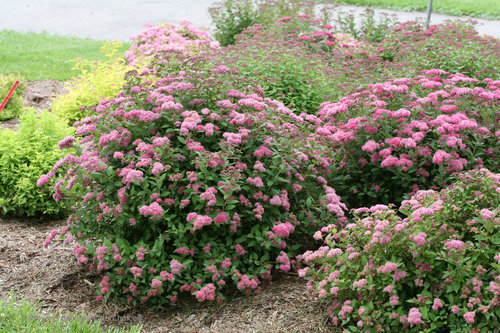
- Holly: Holly is a evergreen shrub that provides year-round interest. It can be used to add structure and contrast to a cotoneaster border.
- Barberry: Barberries are another evergreen shrub that is well-suited for companion planting with cotoneaster. They come in a variety of colors, and they have attractive spines that deter deer and rabbits.
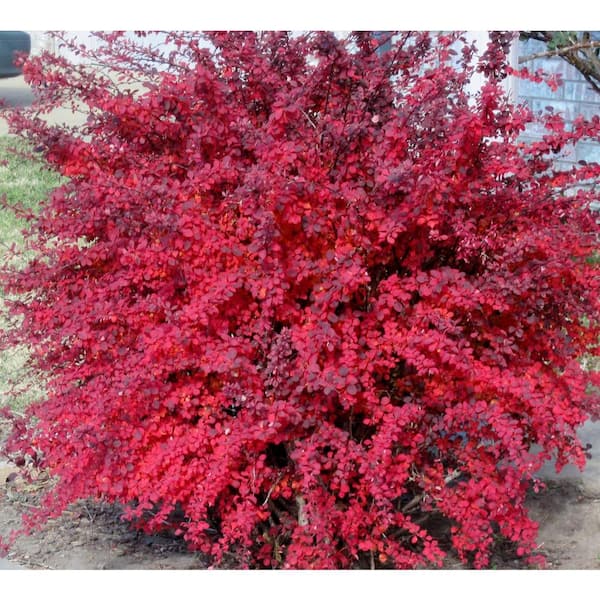
- Roses: Roses are a popular choice for companion plants with cotoneaster. They bloom in a range of colors, and they provide a beautiful contrast to the cotoneaster's red berries.
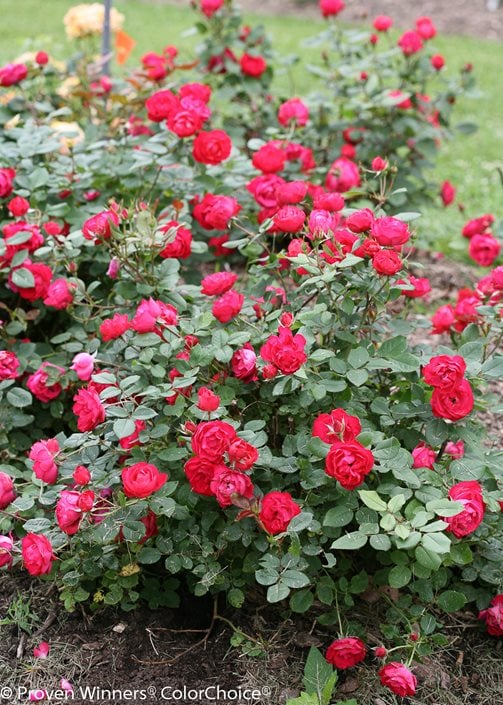
- Viburnum: Viburnums are a diverse group of shrubs that can be used in a variety of settings. They come in a variety of sizes and colors, and they bloom in the spring and summer.
- Clematis: Clematis are vining plants that can be used to add height and interest to a cotoneaster border. They come in a variety of colors, and they bloom in the spring and summer.
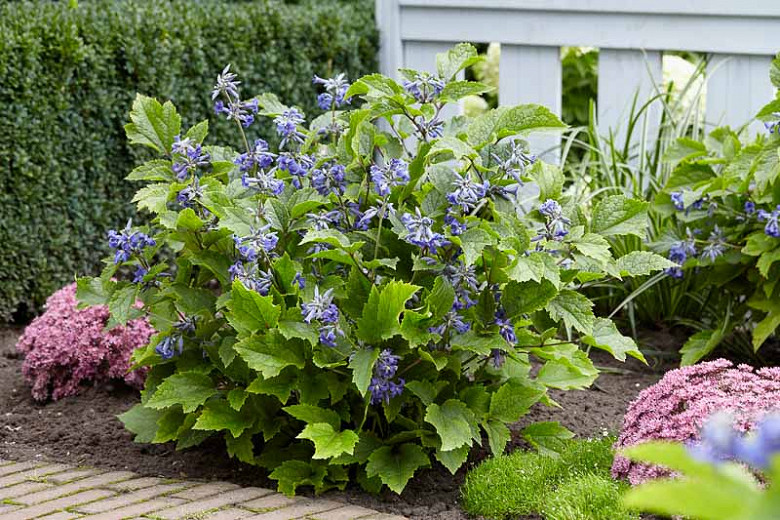
When planting companion plants with cotoneaster, it's important to space them correctly. Most cotoneasters need at least 3 feet of space to grow, so you'll need to make sure that your companion plants are the same size or smaller.
You'll also need to consider the needs of your companion plants when it comes to watering and fertilizer. Most cotoneasters are drought-tolerant, but some companion plants may need more water. You'll also need to fertilize your companion plants regularly, especially if they are planted in poor soil.
With a little planning, you can create a beautiful and diverse shrub border with cotoneaster and its companion plants. Your garden will be a haven for birds and other wildlife, and you'll enjoy the beauty of your border for years to come.
Cotoneasters are beautiful, versatile shrubs that can add a touch of elegance to any garden. But did you know that they can also be used to attract beneficial insects and birds? By choosing the right companion plants, you can create a thriving ecosystem in your garden that will benefit both you and the wildlife.
Gardenia Inspiration is a great resource for information on cotoneaster companion plants. On their website, you can find a list of plants that are compatible with cotoneasters, as well as tips on how to plant and care for them. You can also find information on the benefits of companion planting, and how to create a wildlife-friendly garden.
So if you're looking for ways to add beauty and functionality to your garden, be sure to visit Gardenia Inspiration for more information on cotoneaster companion plants.
FAQ of cotoneaster companion plants
Q: What are some good companion plants for cotoneaster?
A: Cotoneasters are versatile shrubs that can be used in a variety of settings, so there are many different companion plants that can work well with them. Some popular options include:
- Heather: Heather is a low-growing evergreen shrub that blooms in shades of pink, purple, or white. It is a good choice for companion planting with cotoneaster because it has similar growing requirements and can help to fill in the spaces between the larger shrub.
- Hydrangea: Hydrangeas are large, showy shrubs that bloom in shades of blue, pink, or white. They can be used to create a focal point in the garden, and they also provide food and shelter for birds.
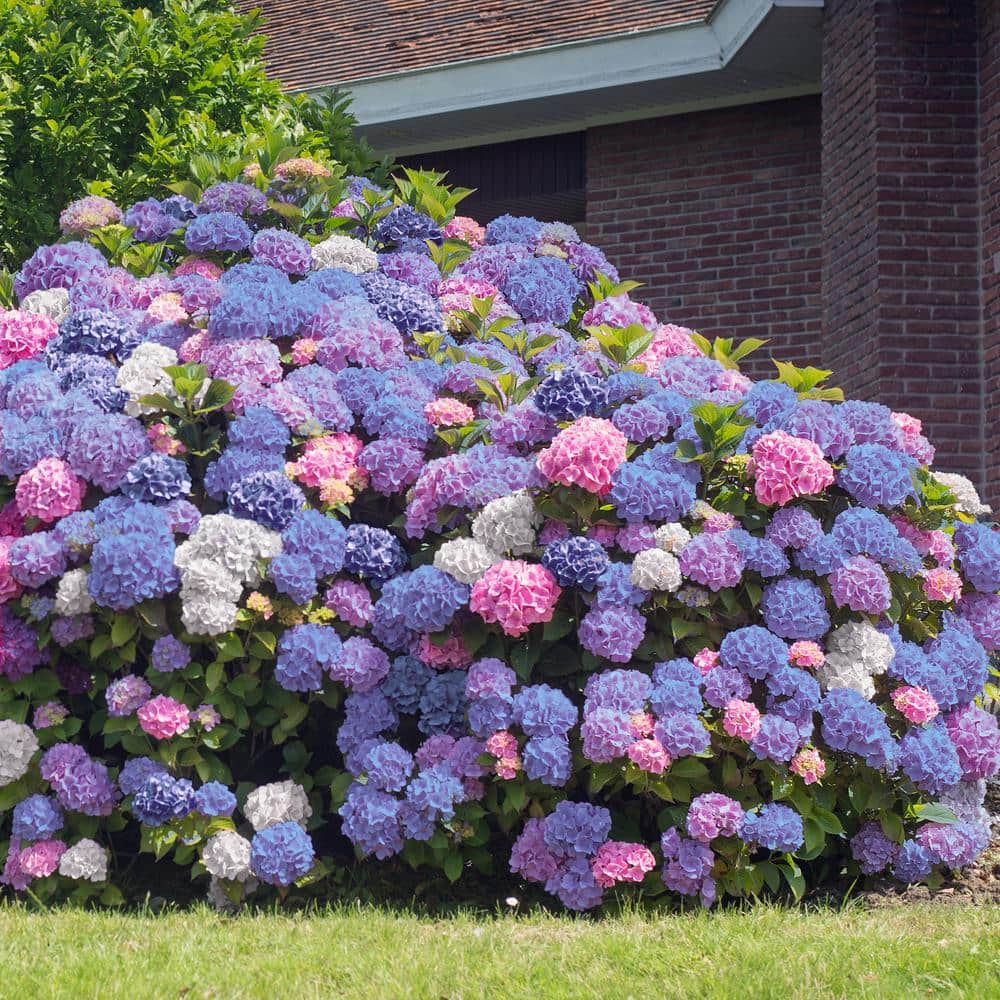
- Lilac: Lilacs are fragrant shrubs that bloom in shades of purple, pink, or white. They are a good choice for companion planting with cotoneaster because they have similar growing requirements and can help to extend the bloom season in the garden.
- Spirea: Spireas are deciduous shrubs that bloom in shades of white, pink, or red. They are a good choice for companion planting with cotoneaster because they have similar growing requirements and can help to add height and interest to the garden.
- Viburnum: Viburnums are large, deciduous shrubs that bloom in shades of white, pink, or purple. They are a good choice for companion planting with cotoneaster because they have similar growing requirements and can help to provide food and shelter for birds.
Q: What are the benefits of companion planting with cotoneaster?
A: There are many benefits to companion planting with cotoneaster. Some of the most common benefits include:
- Improved plant health: Companion plants can help to improve the health of cotoneaster shrubs by attracting beneficial insects, deterring pests, and providing shade.
- Extended bloom season: Companion plants can help to extend the bloom season of cotoneaster shrubs by providing pollen and nectar for pollinators.
- Increased diversity: Companion planting can help to increase the diversity of plants in the garden, which can attract a wider variety of wildlife.
- Enhanced beauty: Companion plants can help to enhance the beauty of cotoneaster shrubs by adding height, color, and texture to the garden.
Q: What are some things to consider when choosing companion plants for cotoneaster?
A: There are a few things to consider when choosing companion plants for cotoneaster, including:
- Growing conditions: Cotoneasters thrive in moist but well-drained soil in full sun or partial shade. When choosing companion plants, it is important to select plants that have similar growing requirements.
- Bloom time: Cotoneasters bloom in the spring or fall. When choosing companion plants, it is a good idea to select plants that bloom at different times of the year to extend the bloom season in the garden.
- Color: Cotoneasters come in a variety of colors, including white, pink, red, and purple. When choosing companion plants, it is a good idea to select plants that complement the colors of the cotoneaster shrubs.
- Height: Cotoneaster shrubs can grow to be 3-6 feet tall. When choosing companion plants, it is important to select plants that are the same height or shorter than the cotoneaster shrubs.
Q: What are some common mistakes to avoid when companion planting with cotoneaster?
A: There are a few common mistakes to avoid when companion planting with cotoneaster, including:
- Planting incompatible plants: It is important to select plants that have similar growing requirements when companion planting with cotoneaster. Planting incompatible plants can lead to problems such as disease, insect infestation, and poor plant health.
- Planting too close together: Cotoneaster shrubs can spread to form large clumps. When planting companion plants, it is important to plant them far enough apart so that they have enough room to grow.
- Not considering the overall landscape: When companion planting, it is important to consider the overall landscape. Plants should be selected that complement each other in terms of size, color, and texture.
Image of cotoneaster companion plants
- Hydrangea: Hydrangeas are a classic companion plant for cotoneasters. They both thrive in full sun to partial shade and well-draining soil. Hydrangeas add height and drama to a border, while cotoneasters provide structure and color.
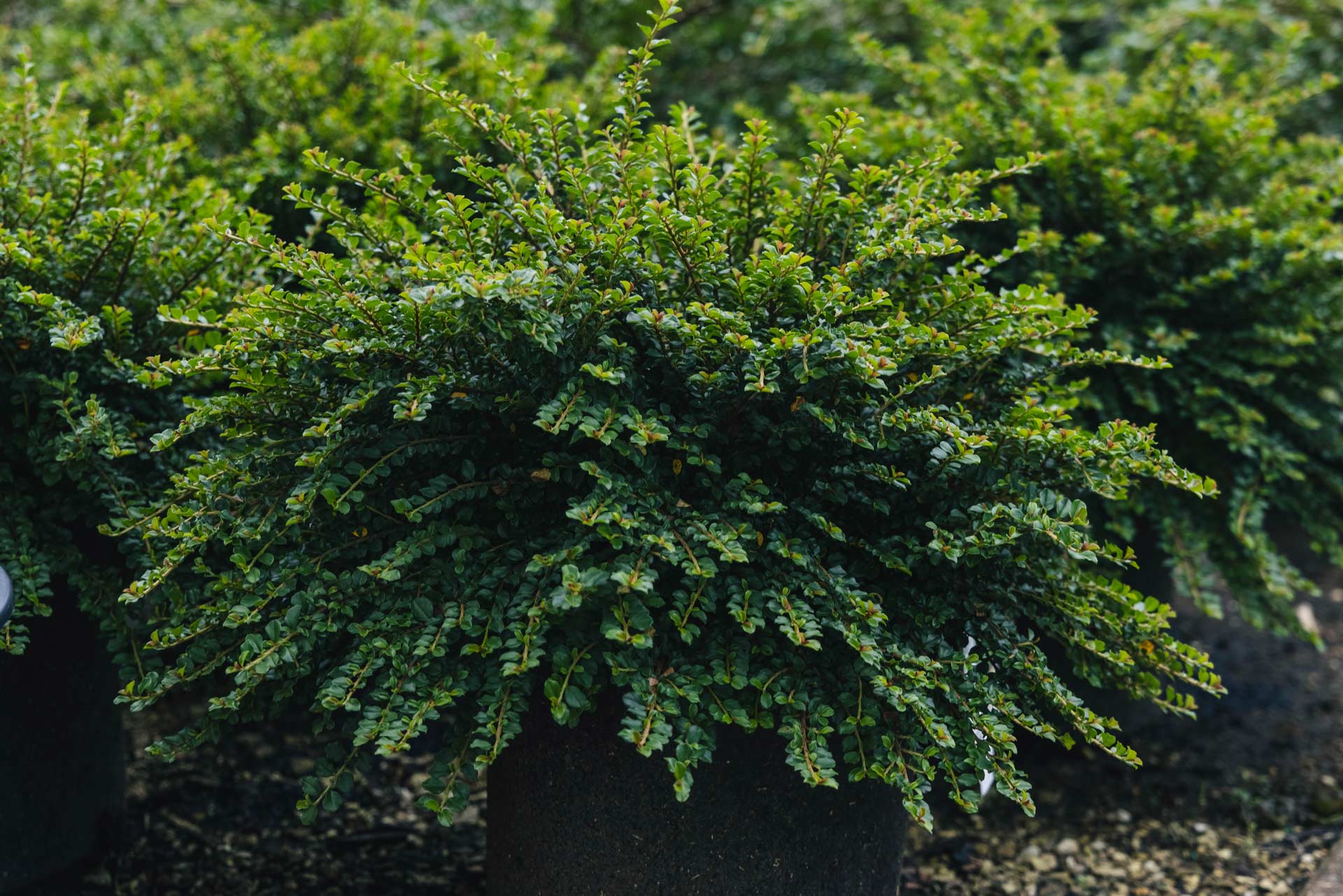
- Clematis: Clematis is another great choice for companion planting with cotoneasters. Clematis can be trained to climb up the cotoneaster, creating a beautiful and fragrant display.
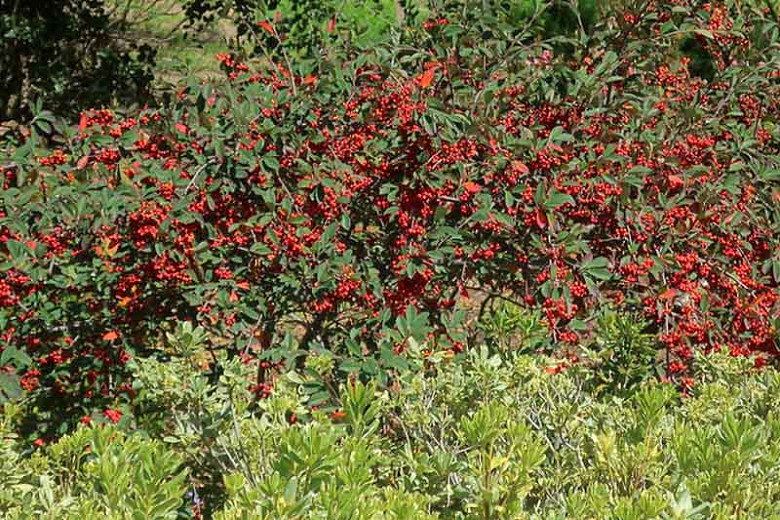
- Astilbe: Astilbe is a shade-loving plant that adds a delicate touch to a border. It pairs well with cotoneasters, which can provide the structure and color that astilbe lacks.
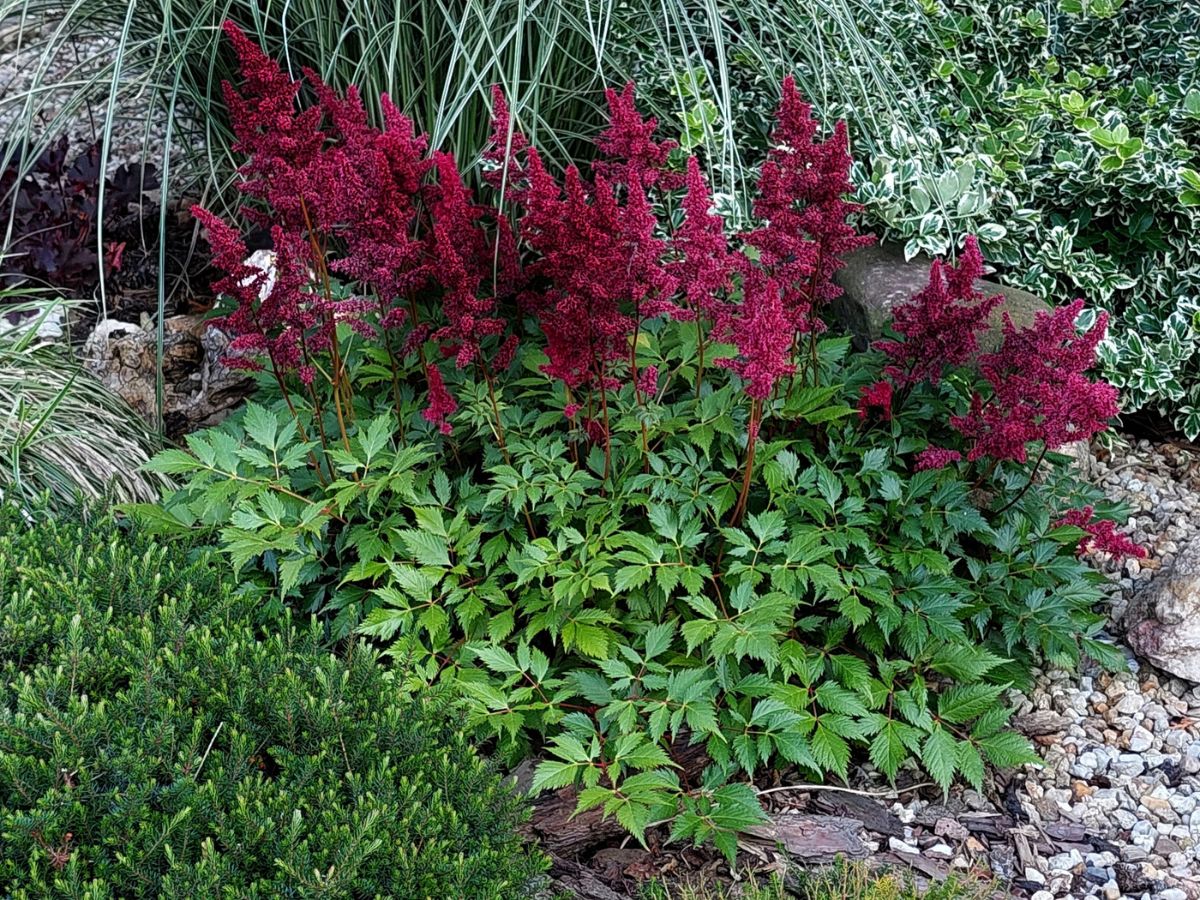
- Heuchera: Heuchera is a versatile plant that can be used in a variety of settings. It comes in a wide range of colors, so you can find one to match your cotoneasters.
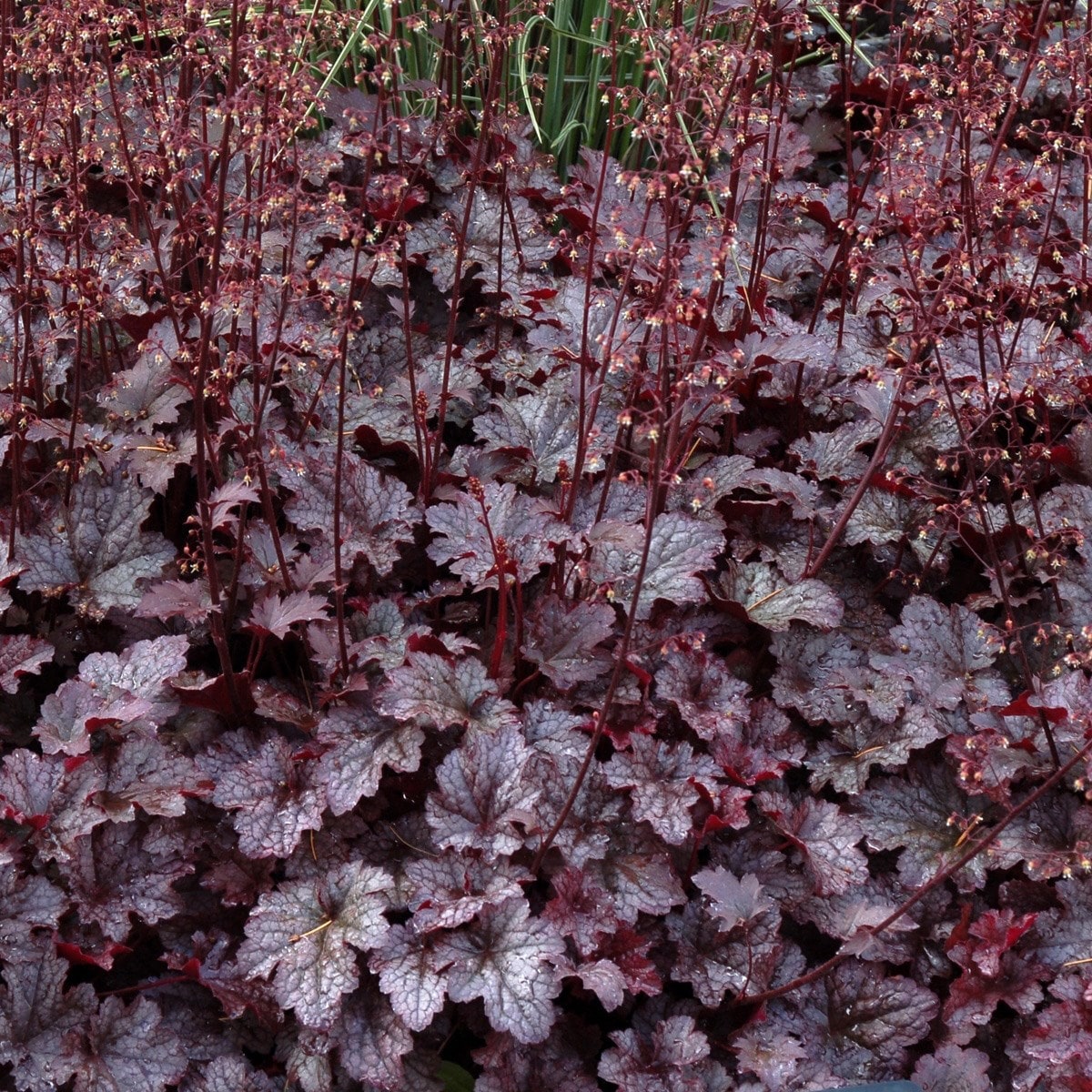
- Spiraea: Spiraea is a shrub that blooms in the spring and summer. It adds a touch of elegance to a border, and it pairs well with cotoneasters, which can provide the structure and color that spirea lacks.
Post a Comment for " Best Companion Plants For Cotoneaster: Create A Beautiful And Diverse Shrub Border"